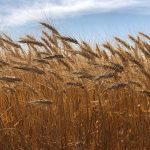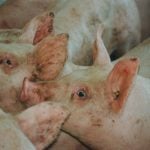
Tag Archives crop nutrients

‘Sustainable’ versus ‘regenerative’ agriculture
Practical Research: Defining these terms in a farming context can be confusing to each and all of us

Hand-held device detects nutrient deficiencies in leaf tissue
The Nutriscan device won Manitoba Ag Days’ Innovation Award earlier this year

Soil fertility, revisited
Practical Research: The history of crop production on the Prairies was one of nutrient extraction at an alarming pace

Dollars from data
Improving the quality of the quantifying can help improve bottom lines, nutrient management, yields and decision-making

Ground Level: The power of seeing and the crutch of complexity

New biological aims to boost row crops’ yield

Where the canola was: a history of Saskatchewan yields by soil climatic zone
Whether by nature, nurture or both, yields jumped in several zones around the turn of this century

How to make P management more sustainable
Phosphorus deficits are a problem on many Prairie farms. A Manitoba crop nutrition expert explains why — and has suggestions for what can help

Are your fields potassium deficient?
Cases of potassium-deficient soils are on the rise. It could mean a hit to your bottom line

Manuring cropland can be misunderstood and overdone
Sources of manure and compost


